How to Nail a Workplace Presentation
For some, the mere thought of presenting in the workplace is enough to inspire dread and despair. For others, the heat of the spotlight is constantly calling.
No matter where you happen to rest on the workplace presentation blues scale, presenting, and therefore, public speaking, is likely going to be required of you at some point during your career.
Learning how to nail the perfect presentation takes time, but it’s entirely possible, even for those of you who’d rather be doing anything else in the entire universe.
If you need some extra pointers, here are some tips to help you get started in the right direction.
It’s all about Context
Workplace presentations are less about making people laugh, and more about clearly and succinctly showcasing ideas backed up by tangible results.
That said, the quality and style of a presentation depends on the presenter’s personality. You don’t need to be afraid to be yourself. If you feel like you’re the person to break the mould, lighten the mood and present with a personal flair, then you should play into your strengths.
It’s easier to present when you’re passionate about the topic, and here at Trinnovo Group, we understand the importance of a value-based approach to working – it’s why we work so hard to match the right candidate to the prime opportunity.
If you’re on the lookout for career you can truly commit to, reach out to our friendly team today, we can help you find your new calling.
Backup Your Points with Solid Data
If you’ve got a point to prove, cold hard data can be a good friend. Did you raise workplace satisfaction rates? By how much did they raise exactly?
Your data should be easy to digest, so make sure you back it up with some engaging visuals.
First-hand data shines out the brightest, so it’s worth putting together your own surveys a few months before you plan to present.
Use the Right Tech
Whether you’re using Canva, PowerPoint, Prezi, or any number of presentation platforms, make sure you’re comfortable with operating the tech. Tech meltdowns can throw the whole presentation into turmoil, and even when it’s out of your hands, it can be fairly embarrassing.
Engage with Your Audience
By using tools to help you engage with your audience, you can drive participation in a way that’s not too intrusive, and it adds dynamism to your presentation.
This is also a great way to get your hands on some more data, particularly if you use tools like Slido to ask the audience questions and enable poll voting and surveys.
Practice in the Mirror
Practice your presentation in the mirror, if you dare. In all seriousness, this can be a superb way to get an idea of how you use hand signals, facial expressions, and other forms of non-verbal communication.
Use a Range of Content
Before the instant gratification era of the internet, you may have gotten away with relying on your wordplay alone.
Nowadays, there are so many different forms of content, that capturing your audience’s attention often requires a multi-channel approach – it’s what we’re used to after all.
Including videos, infographics, dynamic images, snippets from webinars and various other types of content can add a little more staying power to your presentation, and it might help keep people captivated.
Timing is Everything
We’ve all had more than our fair share of meetings that ran over the time limit and ate into the rest of our day. Overly long presentations are just as loathsome. When you need to get a point across succinctly, sticking to a strict time limit can be a real help.
Put Your Key Points in Bold
Even if you’ve got a whole thesis’s worth of points to make about your key points, it’s worth highlighting just the key take takeaways in bold.
This helps the audience understand what your presentation is trying to tell them, and it’s easier to read while you’re presenting. Try and aim for 5 words per point, as this doesn’t demand too much of the viewer.
The Elevator Pitch
The elevator pitch is a 30-second breakdown of your presentation, which should your main point, the reason for doing your presentation in the first place, and a bit about who you are and what your role is.
This might seem impossible at first, especially if you’ve got so many points to make, but it’s a great way to introduce your audience to the topic. It’s not unlike a sales pitch – if you can grab your audience’s attention in this time, you’re already off to a flying start.
If you don’t know where to start, you might want to check out these 3 great examples from Indeed.
Make Time for a Q&A
Q&As can be prime time for generating thought-provoking conversation that allows you to explore your points in more detail.
Plus, it gives you the opportunity to answer any pressing questions they might have about your presentation, allowing you to fill in any gaps and further explore the topic of the day.
It can be difficult to get your audience to speak out, so it’s always worth offering them an alternative way of asking questions. Integrating a live online survey tool is a good way to do this.
Silence Isn’t Always Awkward
Moments of silence can mean that your audience is reflecting on what you’ve said. A short silence isn’t always an awkward one, even if it feels like the binary opposite at the time.

